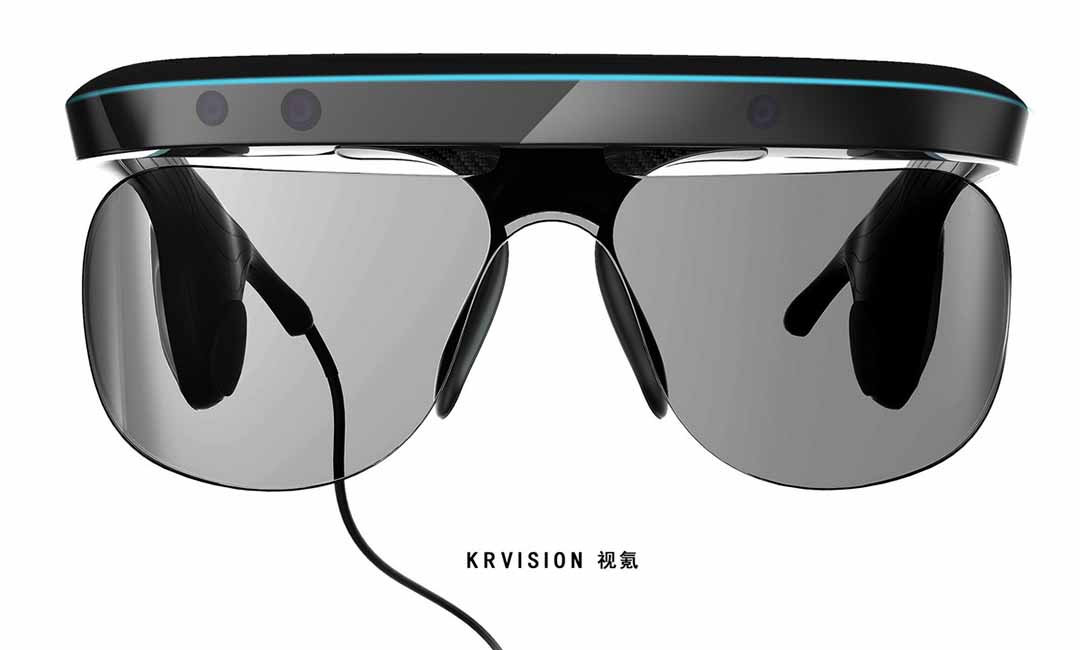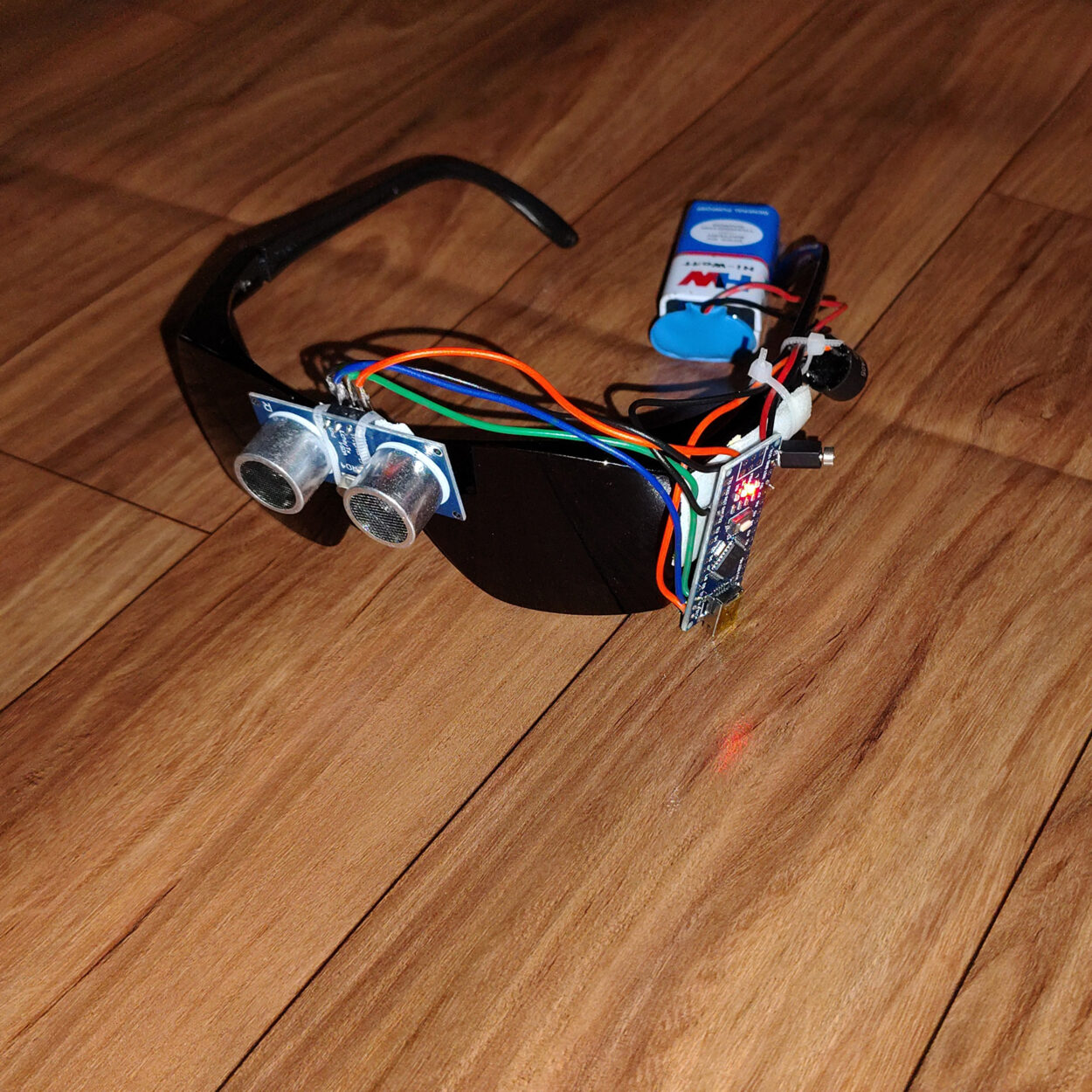The Future of Assistive Technology for the Blind: Empowering Independence
The Future of Assistive Technology for the Blind: Empowering Independence
Blog Article
Innovative Solutions in Assistive Innovation for Visual Problems
The landscape of assistive innovation for visual impairment is progressing rapidly, presenting a range of innovative services that boost accessibility and self-reliance. From innovative smart device applications that facilitate navigation to wearable gadgets designed for real-time guidance, these tools are improving the experiences of those with visual problems.
Improvements in Smartphone Applications
In recent times, advancements in smartphone applications have considerably changed the landscape of assistive modern technology for people with aesthetic problems. These applications leverage the powerful sensing units and capacities of modern-day mobile phones to give individuals with tools that enhance self-reliance and availability in their lives.
Notable among these advancements are applications designed for item acknowledgment, which use the smartphone's electronic camera to identify items and give spoken descriptions. Such attributes encourage users to browse their settings better, whether identifying items in stores or finding individual items in the house. In addition, text-to-speech applications have actually enhanced dramatically, enabling customers to catch printed message through their device's video camera and receive split second audio responses, thereby promoting analysis and comprehension.
Navigation applications customized for aesthetically damaged individuals have actually additionally emerged, providing auditory advice and thorough place info. These tools supply critical assistance for wheelchair, allowing customers to go across strange rooms with confidence. Community-driven applications have actually promoted social interaction and resource sharing among individuals with visual problems, creating a supportive network that enhances their high quality of life. In general, smart device applications have actually ended up being important allies in advertising autonomy and accessibility for individuals with visual problems.
Wearable Instruments for Navigation
Wearable devices for navigation have actually arised as a groundbreaking service for individuals with visual impairments, using hands-free help that improves wheelchair and alignment. These gadgets typically make use of sophisticated modern technologies, consisting of GPS, ultrasonic sensors, and expert system, to offer real-time responses and instructions to customers as they browse their atmosphere.
One remarkable example of wearable navigating technology is smart glasses, which can spot barriers and relay auditory or haptic feedback to the wearer, permitting risk-free and effective motion in various settings. Various other gadgets, such as vests and belts equipped with sensing units, can likewise inform individuals of their surroundings by offering alerts about close-by things or changes in surface.
Furthermore, lots of wearable gadgets incorporate with smartphone applications, enabling individuals to customize their navigation preferences and receive customized path suggestions. This customization can dramatically improve the user experience, equipping individuals to travel with better confidence and self-reliance.
As modern technology remains to develop, the capacity for wearable navigation devices to boost the quality of life for individuals with aesthetic disabilities remains significant, leading the way for even more accessible and inclusive environments.
Smart Home Modern Technology Integration

Moreover, clever home appliances geared up with tactile interfaces or acoustic feedback supply instinctive interactions that cater particularly to the needs of those with aesthetic impairments. Smart refrigerators can reveal their materials and expiry dates, while clever discover this stoves can assist individuals with the food preparation process with audio guidelines.
Home automation systems, such as wise buzzers and protection cameras, offer assurance by enabling customers to obtain signals and accessibility live feeds through their smart phones, enhancing personal safety and security (AI-powered visual aids). In addition, combination with mobile phones and tablets ensures that individuals can handle their home atmosphere from anywhere within their properties
As smart home modern technology continues to progress, it holds the prospective to transform the living experiences of individuals with aesthetic impairments, cultivating self-reliance and enhancing lifestyle in a significantly connected world.

Educational Tools and Resources
Accessibility to efficient educational tools and sources is critical for individuals with visual problems, as it empowers them to involve completely in their discovering experiences. Various assistive modern technologies have actually been developed to enhance availability and foster independent learning. Screen viewers, for example, transform text right into speech, allowing trainees to gain access to electronic material seamlessly. AI-powered visual aids. Furthermore, refreshable braille display screens provide responsive responses, making it less complicated for learners to communicate with created material.
Moreover, instructional software particularly designed for aesthetically impaired users provides functions such as high-contrast modes and personalized message dimensions. These tools accommodate diverse knowing styles and guarantee that students can customize their academic experience to their demands.
Moreover, access to electronic collections and audio books broadens the variety of available understanding products, enabling trainees to discover subjects comprehensive without the restrictions enforced by conventional print sources. Collective systems that include accessibility features likewise assist in group projects, guaranteeing that aesthetically damaged trainees can contribute meaningfully together with their peers.
Neighborhood Support and Interaction
A durable network of area support and interaction is vital for people with aesthetic disabilities, promoting a comprehensive environment where they can grow. Community organizations, regional campaigning for groups, and volunteers play an essential function in giving resources, information, and friendship, which are crucial for boosting the top quality of life for those influenced by aesthetic impairments.
Engagement tasks such as workshops, gatherings, and support system not just promote ability development yet additionally advertise social communication, lowering feelings of isolation. These campaigns encourage individuals to share challenges, discover this info here successes, and experiences, thereby reinforcing area bonds. Furthermore, collaborations with local businesses can result in better ease of access in public rooms, even more integrating people with aesthetic problems right into the community.
Technology additionally improves neighborhood engagement with on-line systems that offer digital support system and resources, allowing individuals to connect no matter geographical barriers. By utilizing both electronic and in-person remedies, communities can produce a detailed support basics network. Inevitably, cultivating collaboration amongst various stakeholders-- including family members, teachers, and healthcare specialists-- ensures that individuals with visual problems obtain the all natural support required to browse every day life effectively and with dignity.
Conclusion
Ingenious remedies in assistive innovation for aesthetic disability significantly boost the top quality of life for individuals encountering these challenges. The assimilation of smartphone applications, wearable devices, clever home modern technology, and instructional devices promotes greater independence and accessibility.
The landscape of assistive technology for aesthetic disability is evolving quickly, providing a variety of cutting-edge remedies that enhance access and self-reliance. Community-driven applications have actually promoted social interaction and resource sharing amongst individuals with visual problems, producing an encouraging network that improves their high quality of life. Overall, mobile phone applications have become crucial allies in promoting autonomy and accessibility for individuals with aesthetic impairments.
Several individuals with visual problems are finding greater freedom via the combination of wise home innovation.Innovative services in assistive modern technology for visual impairment substantially improve the top quality of life for people facing these challenges.
Report this page